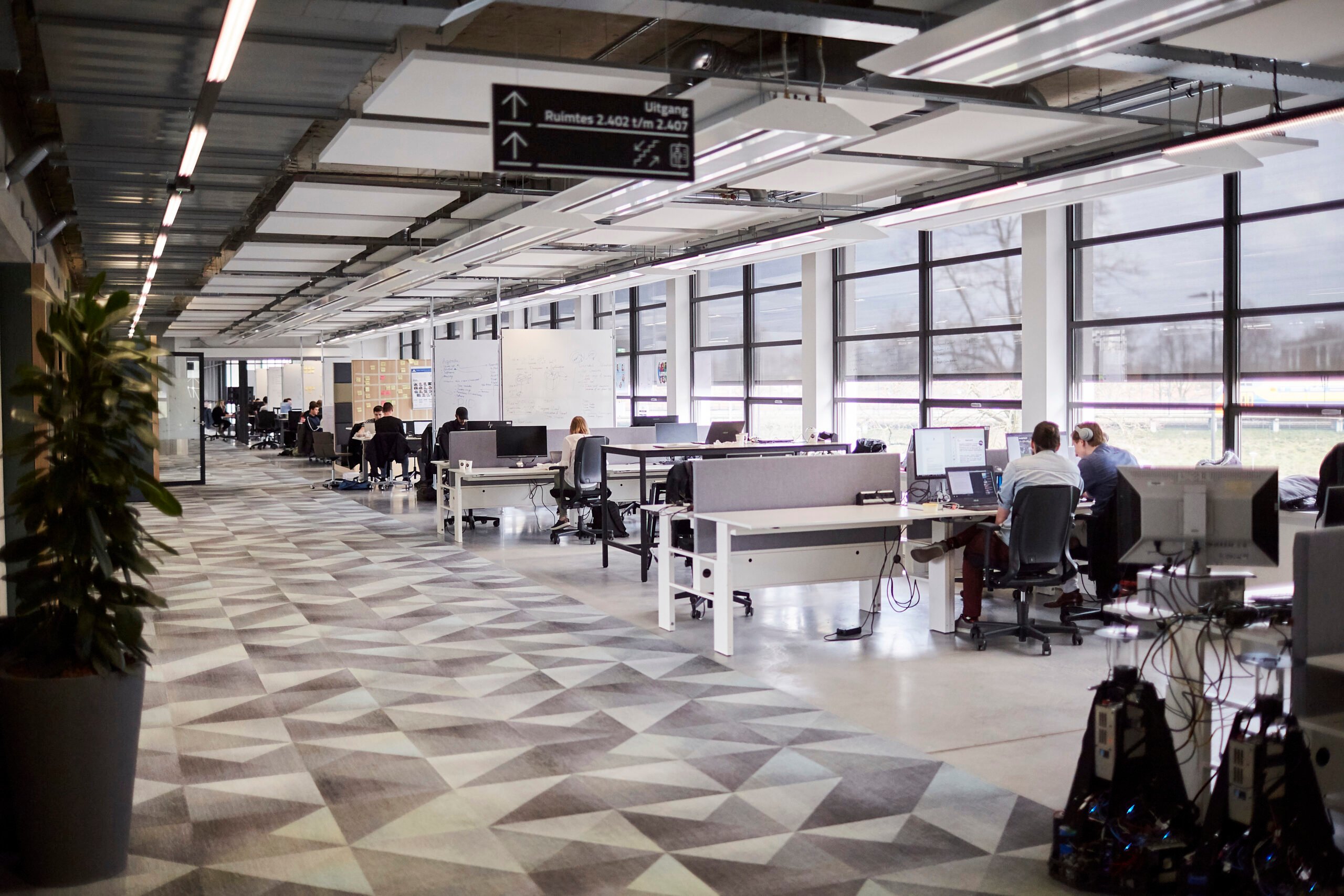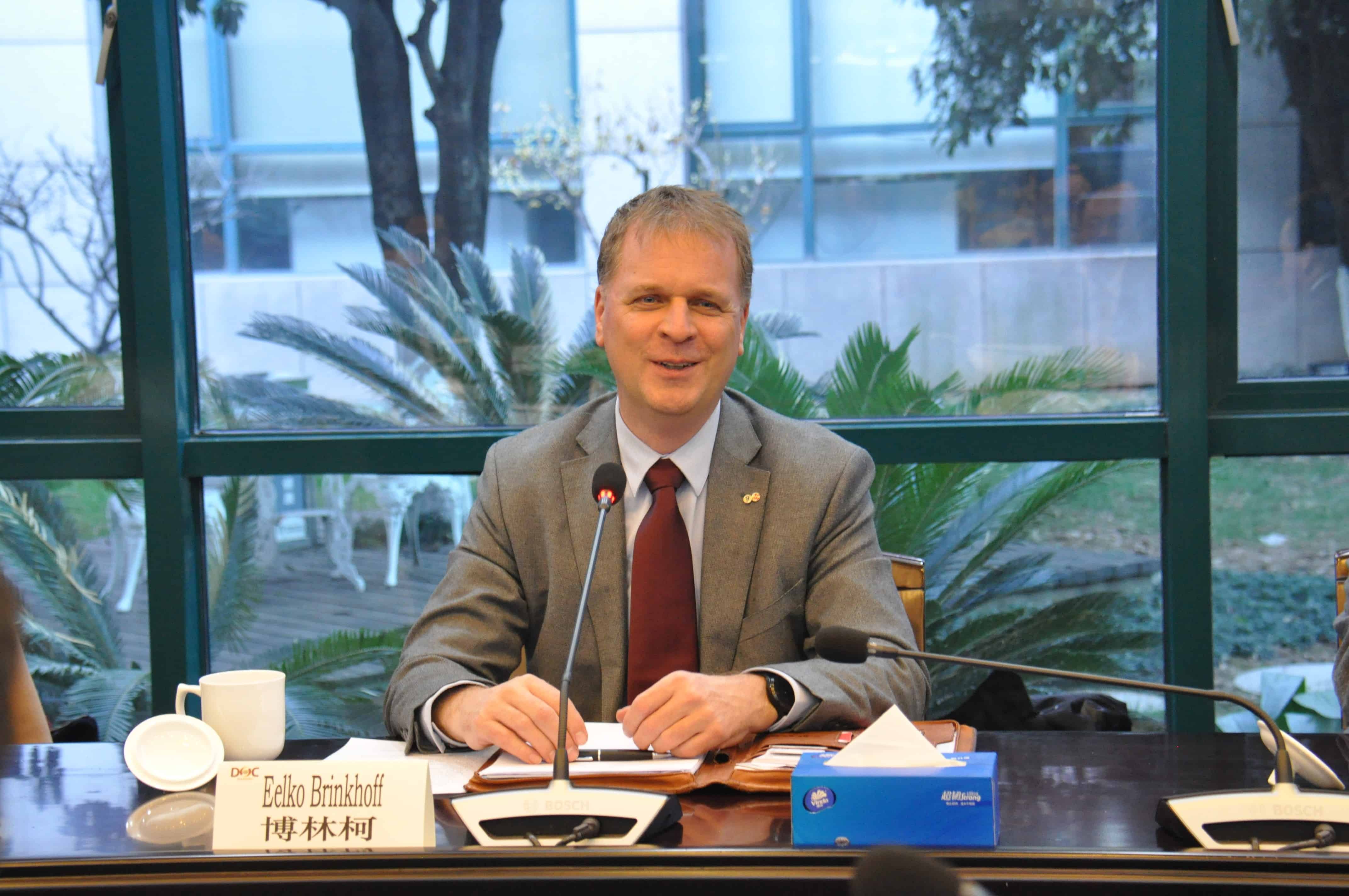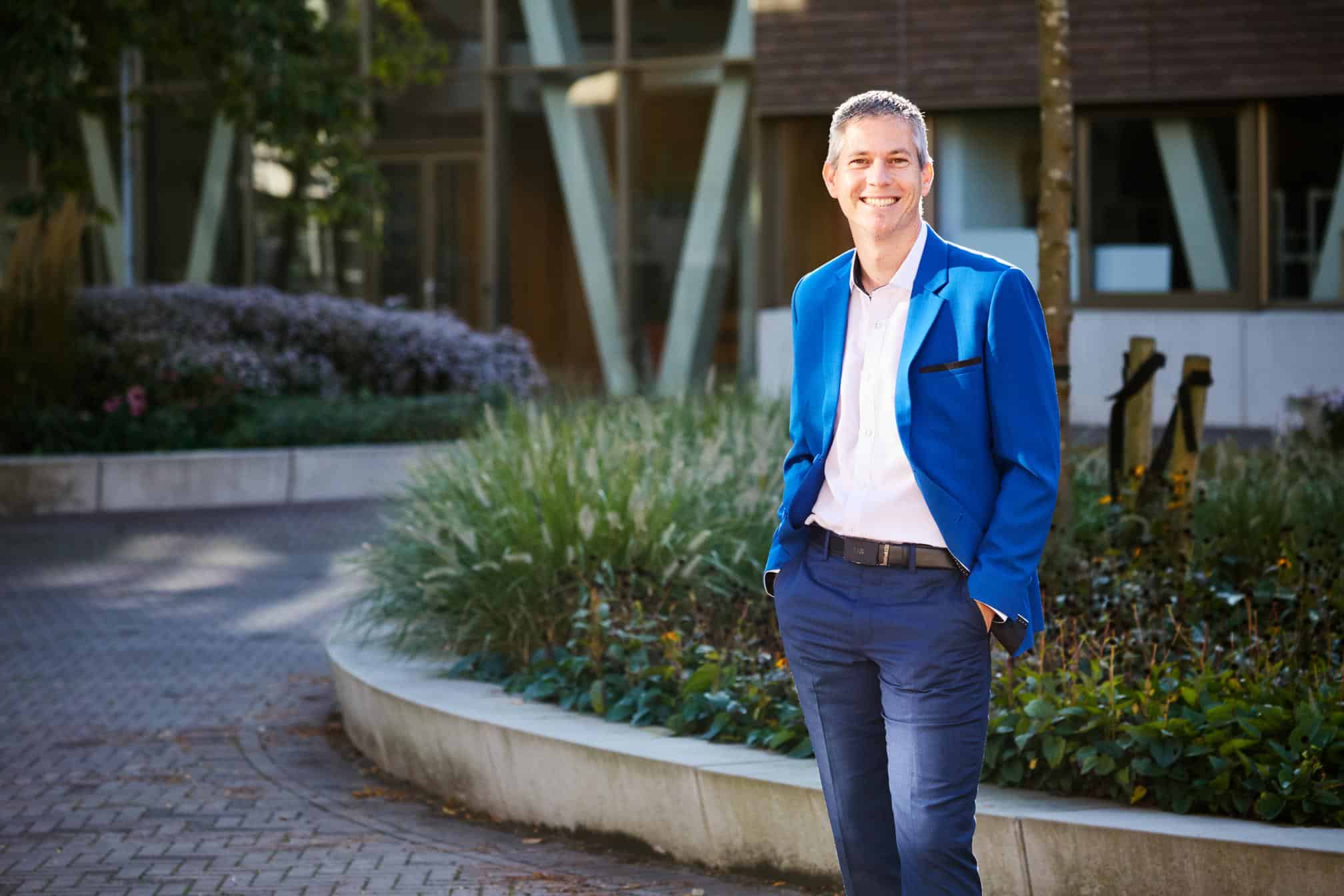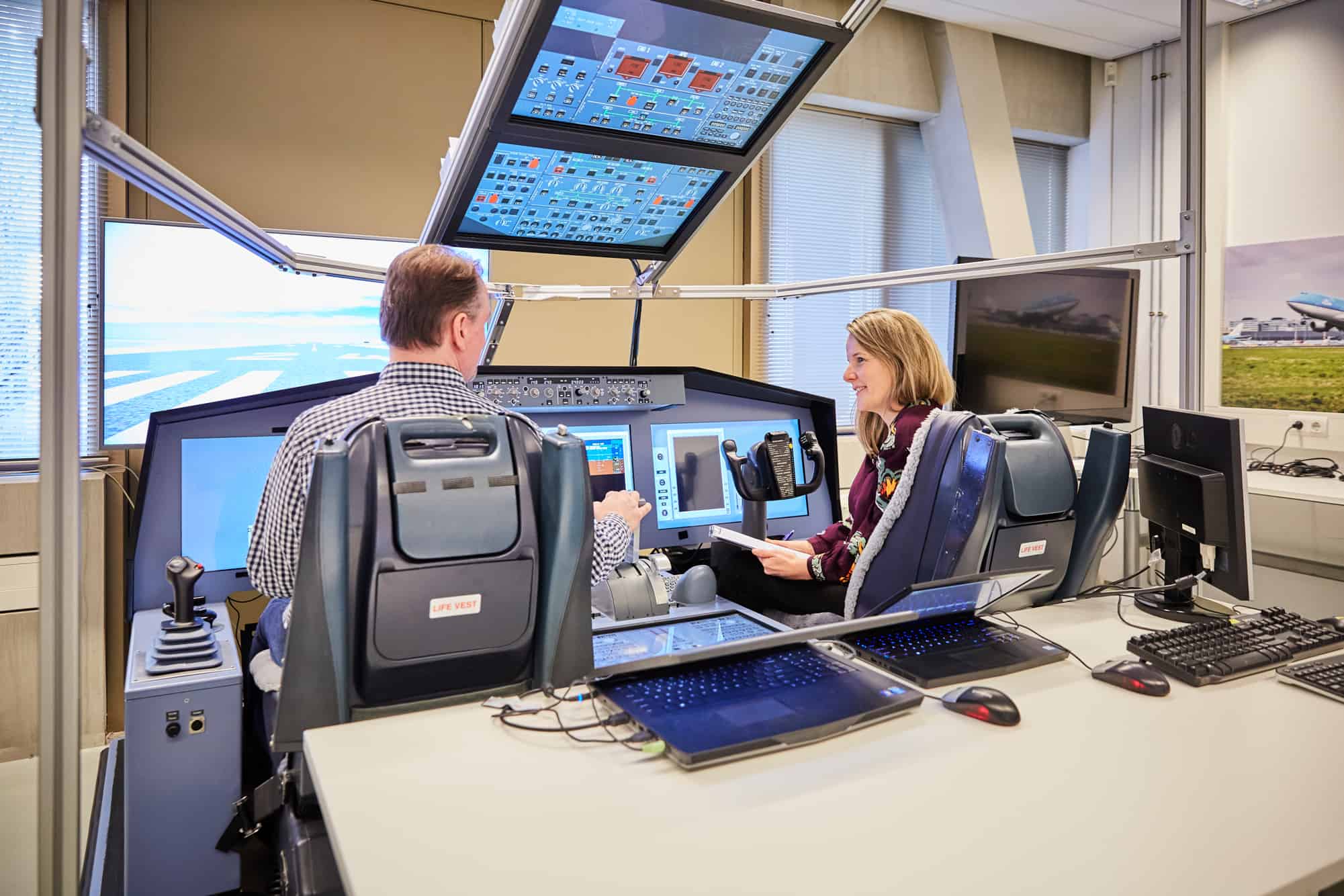
To get a good picture of the IT & Data Science sector and Brabant’s strengths in this sector, the Brabant Development Corporation (BOM) conducted an in-depth study. In an almost 300-page report, the study provides an overview of the size of the IT and data science sector in Brabant, with all its trends, developments, and opportunities for collaboration.
Read more about the nature and results of the study in our overview article
One of the conclusions of the report is that Brabant is remarkably strong in training IT talent. BOM sees this aspect within the IT and data playing field as one of the most important unique selling points compared to other regions. This result is visible thanks to various specific courses at the university level at TU Eindhoven, Tilburg University en JADS, at the applied scientific level at Fontys, Avans, BUas en HAS, but increasingly also at a vocational level. A small selection of the conclusions from the study on talent development shows this:
- Brabant delivers the most graduated higher educated IT & data students in the Netherlands,
- Brabant has the largest and most stable growth of graduated & new IT students in the Netherlands,
- Brabant has the highest relative growth of graduated IT Master students,
- Brabant has the highest relative growth of new bachelor IT students,
- Fontys Hogeschool ICT is the number one university in the Netherlands with the most graduated IT students.
Meanwhile, society can’t get enough of it, so large is the demand for IT and data talents. “Of all our graduates, 99% have already found a job during their studies,” says lector AI & Big Data Gerard Schouten of Fontys ICT. “And fortunately more and more new students also know how to find us.” In part, says Schouten, this is due to the developments within his institute in recent years. “And especially because of the choice we have made to give Artificial Intelligence a more prominent role. The specialization area of AI is immensely popular.”
So it’s no surprise that the Fontys-wide AI knowledge center has landed primarily with the ICT program. “We are working with different professorships (‘lectoraten’ in Dutch, ed.) there on a series of research projects, in large part together with regional SMEs.”

The place where it all happens is increasingly the Fontys ICT Innovation Lab in the TQ building at Strijp-T. Program manager Suzanne van Kuijk particularly praises the lab’s innovative educational concept in which education, research, and entrepreneurship come together. “This happens both through context-rich, specific issues that come directly from the business community, as well as in more long-term studies from the professorships. Connectivity with the field of work is a prerequisite in both cases; hence, representatives from the business community, as well as from the government, are constantly present in our lab. The result is good for the students, but at least as much for the outside stakeholders. And of course, for us as a program, it helps in our own professionalization process.”
Examples of parties who have a role in AI and data-related projects are HERE, PSV, and the municipality of Eindhoven. Michiel Oomen, Program Manager for Digital Innovation at the Municipality of Eindhoven, had three reasons for joining: “First, of course, purely in terms of subject matters: it provides us with new knowledge and insights around specific challenges of the municipality. Secondly, we learn from the students’ modern and inspiring way of working, for example about agile working. And finally, there is our employer’s interest: hopefully, we can persuade some of those smart people to come and work for us.” Thanks to the Innovation Lab, explorations have already been carried out around the Genneper Parks and for a project to stimulate vitality.
In addition to these explorations, which usually last around a hundred days, Fontys ICT also offers more long-term projects. These have a lead time of about four or five years and are supported by subsidies and larger financial contributions from the partners themselves. “These are structural practice-based research projects,” says Schouten. “They can focus on the development of a particular technology or its application in a social context.” One example is the biomonitoring project that uses drones and AI to automatically record the development of wildflowers in the open field. “The point then is not to come up with the latest algorithms, but to use the existing ones for new applications. Obviously, you don’t do something like that in a hundred days. Moreover, you need many different connections for it.”
Especially for this kind of trajectories, Fontys ICT has established the platform SPARC (Sharing Platform for Applied Research Cooperation). All projects, project partners, and research lines come together on this platform. In fact, SPARC functions as a bridge for the collective of partners of the Fontys ICT InnovationLab.
Field labs
No matter how good the results are, Gerard Schouten also knows that there is still some work to be done to make Fontys ICT more ‘top-of-mind’ for the business community. “Fortunately, what helps is that the government has now turned its attention to the universities of applied sciences. But even against that background, universities of applied sciences are still too often overlooked as partners in the research domain. We are still too unknown to many parties. It is mainly up to us to change this. We also need to become smarter in our grant applications. The universities have a bit more experience and skill in that area.”
Field labs – those typical places where the ‘real’ world meets that of applied research – could also play a role in this. Various Fontys schools now actively participate in all kinds of field labs. Suzanne van Kuijk: “For example, we are in ‘MKB-Drive‘, Sustainable Regional Innovative & Resilient Ecosystem: a project of ROC Tilburg, Mindlabs, gemeente Tilburg, Appsemble and Fontys Hogeschool ICT. SPARC co-funded the project application. In this field lab, we are looking for ways to securely share data within the SME and get new business out of it.”
That this type of project is not only interesting for SMEs, Michiel Oomen also confirms. “It is not for nothing that the municipality of Tilburg is involved in MKB-drive. Just as we, as the municipality of Eindhoven, have already benefited greatly from the work of the Innovation Lab. We will certainly be knocking on their doors more often. Not as an exclusive research partner, but based on the experience that for specific prototyping or quick explorations this lab is our perfect partner.”

To get a good picture of the IT & Data Science sector and Brabant’s strengths in this sector, the Brabant Development Corporation (BOM) conducted an in-depth study. Would you like to read the complete report? Download a copy here.








